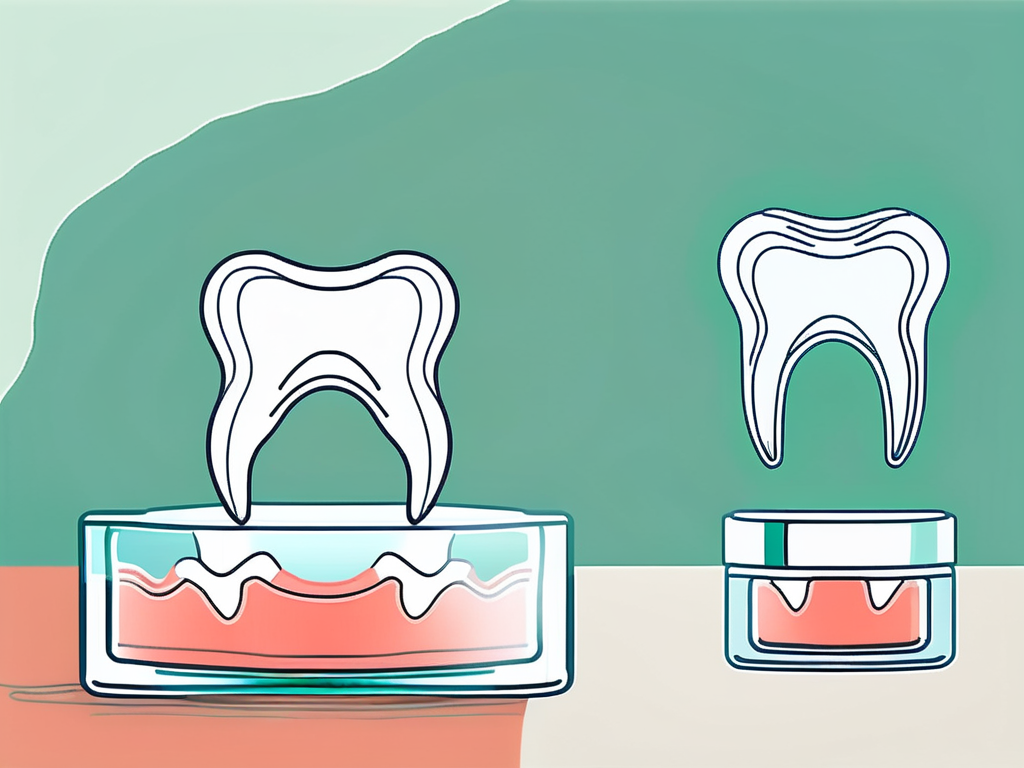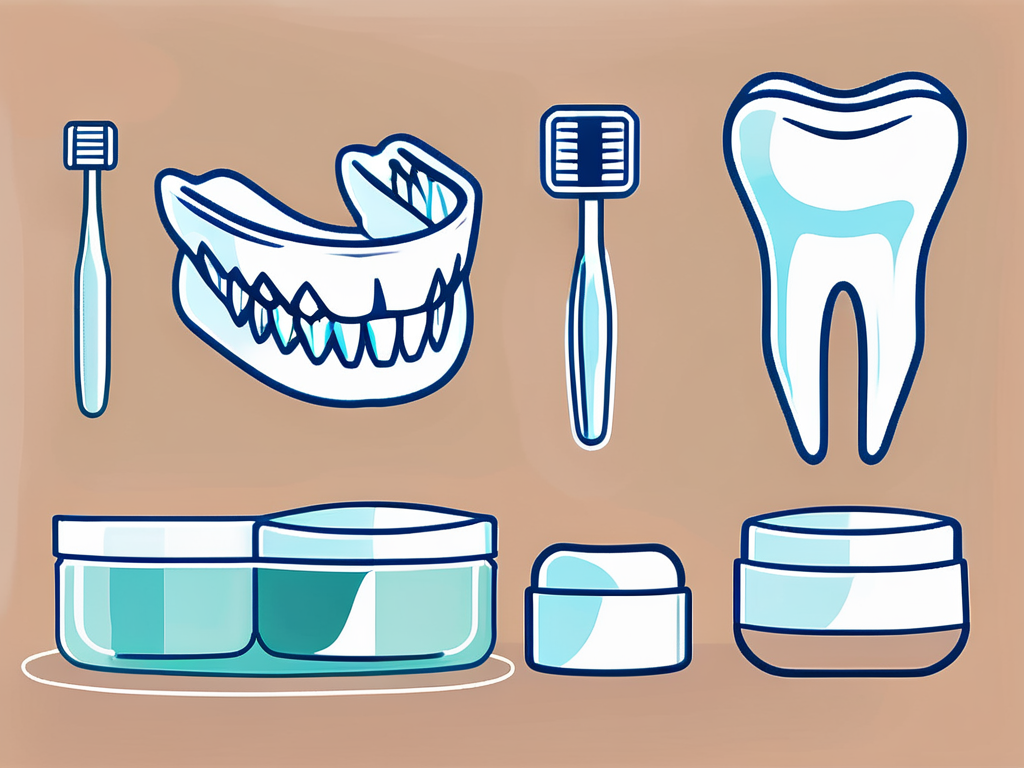Orthodontic devices play a crucial role in maintaining the results achieved from treatment. They help keep your teeth aligned and prevent them from shifting back to their original positions. However, over time, these devices can wear out and lose their effectiveness. In this comprehensive guide, we will explore the importance of orthodontic device replacement, how to identify worn-out devices, steps to take for replacement, the cost involved, and how to care for your new device.
Understanding the Importance of Orthodontic Device Replacement
Replacement is essential for several reasons. First and foremost, it ensures that your teeth stay in their corrected positions. Without a well-fitting device, there is a high risk of relapse, meaning your teeth may shift back to their previous misaligned state. Regular replacement helps maintain the outcome of your orthodontic work.

Proper replacement also plays a crucial role in preserving the structural integrity of your jaw and surrounding tissues. When teeth shift due to lack of use or worn-out devices, it can lead to bite issues, jaw pain, and even temporomandibular joint (TMJ) disorders. By staying proactive with replacements, you are not only safeguarding your smile but also supporting the overall health of your oral structures.
Why Regular Replacement Is Necessary
Orthodontic devices undergo wear and tear over time due to everyday use. They are exposed to constant pressure from your tongue, saliva, and biting forces. Additionally, the materials used to make these devices may degrade over time, making them less effective at holding your teeth in place.
As these items age, they may accumulate bacteria and plaque, posing a risk to your oral health. Regular replacement not only ensures the proper alignment of your teeth but also helps maintain a hygienic environment in your mouth, reducing the chances of developing oral infections or bad breath.
The Role of Orthodontic Devices in Dental Health
These devices not only help maintain the alignment of your teeth but also contribute to your overall dental health. By keeping your teeth in their corrected positions, they facilitate proper oral hygiene practices, such as brushing and flossing. Straight teeth are easier to clean, reducing the risk of gum disease, cavities, and other dental issues.
Wearing these as prescribed by your orthodontist can aid in preventing issues like teeth grinding and clenching, which can cause enamel wear and jaw discomfort. They act as a protective barrier, ensuring that your teeth remain in their ideal alignment and minimizing the potential for dental complications associated with misaligned teeth.
Identifying the Signs of a Worn-Out Device
It is crucial to be vigilant in recognizing when your orthodontic device is no longer functioning optimally. By closely observing the following signs and symptoms, you can effectively assess whether it's time for a replacement.
Over time, wear and tear can compromise their effectiveness, leading to potential issues with your dental health.
Physical Indications of Wear and Tear
Regularly examining your orthodontic device for visible signs of wear is essential for its longevity. Check for any cracks, chips, or breaks in the material, as these can impact the device's ability to maintain the position of your teeth. Additionally, be mindful of any discoloration or warping, as these could also indicate the need for a new device.
Proper care and maintenance of your orthodontic device, such as cleaning it regularly and storing it in its case when not in use, can help prolong its lifespan. However, even with diligent care, devices will eventually show signs of wear, necessitating a replacement to ensure continued effectiveness.
Changes in Fit and Comfort
A well-fitted orthodontic device should not cause any discomfort or pain when worn. If you start to experience soreness, pressure, or irritation while wearing your device, it may be a sign that it no longer fits correctly. Changes in fit can occur due to wear and tear on the device or natural shifts in the alignment of your teeth over time.
Ignoring changes in the fit and comfort of your device can lead to potential issues with the alignment of your teeth, undoing the progress made during orthodontic treatment. Therefore, it is crucial to address any discomfort or changes in fit promptly to maintain the health and stability of your smile.
Steps to Take for Device Replacement
If you suspect that your orthodontic device needs replacement, it is crucial to take appropriate steps to ensure the continuation of your treatment.

They help prevent teeth from shifting back to their original positions, ensuring the effectiveness of the treatment you have undergone. Regular wear and tear, accidental damage, or changes in your dental structure over time may necessitate the replacement of your orthodontic device.
Choosing the Right Replacement Device
There are various types of orthodontic devices available, such as Hawley retainers, clear aligner-style devices, and fixed devices. Your orthodontist will help you decide which type is best for you based on your individual circumstances. Consider factors like comfort, durability, and ease of maintenance when selecting a replacement device.
Each type of device has its unique advantages and maintenance requirements. For example, Hawley retainers are durable and adjustable, making them suitable for individuals who may need minor adjustments over time. Clear aligner-style devices are discreet and easy to clean, ideal for those who prioritize aesthetics and convenience. Fixed devices are bonded to the back of your teeth, providing continuous support but requiring special care to prevent plaque buildup.
The Cost of Device Replacement
Device replacement costs can vary depending on several factors. It's important to understand the financial aspects involved.
When considering the cost of device replacement, it's essential to factor in the quality of materials used. High-quality devices may come at a higher price but can offer better durability and comfort. Cheaper options might save money initially, but they could wear out faster, leading to more frequent replacements in the long run.
Factors Affecting the Price of Devices
The cost of replacement devices can be influenced by factors such as the type of device, the complexity of your orthodontic treatment, and your location. Different orthodontic offices may have varying fees, so it's advisable to inquire about the costs during your consultation.
Furthermore, the technology and craftsmanship involved in creating custom devices can also impact the overall cost. Advanced techniques and materials may result in a higher price tag but could provide a more precise fit and enhanced comfort for the wearer.
Budgeting for Device Replacement
Since device replacement is an ongoing expense, it's beneficial to include it in your budget. Consider setting aside funds for future replacements to avoid any financial strain. Prioritize the longevity and effectiveness of your orthodontic treatment by investing in quality devices.
Caring for Your New Device
Once you have obtained a replacement device, proper care is crucial to maintain its functionality and prolong its lifespan.

When you first receive your new device, it's essential to familiarize yourself with the specific care instructions provided by your orthodontist. Different types of devices may require slightly different cleaning methods, so following these guidelines diligently will help keep your device in top condition.
Cleaning and Maintenance Tips
Follow your orthodontist's instructions for cleaning your new device. This may involve brushing it with a non-abrasive toothpaste after each use or using a recommended cleaning solution. Avoid exposing your device to excessive heat or bending it, as this can cause damage.
Additionally, consider investing in a specialized device case to store your device when not in use. This will help protect it from dust, bacteria, and accidental damage. Remember to rinse your device with water before placing it back in your mouth to ensure it stays clean and hygienic.
Ensuring the Longevity of Your Device
To ensure your device serves you well for an extended period, handle it with care and store it properly when not in use. Keep it away from pets or small children who may be tempted to play with it. Regularly inspect your device for any signs of deterioration and report any concerns to your orthodontist promptly.
Moreover, incorporating regular check-ups with your orthodontist into your dental care routine can help detect any issues with your device early on. Your orthodontist can assess the fit of your device and make any necessary adjustments to ensure it continues to do its job effectively.
In conclusion, regular device replacement is essential for maintaining the results of your orthodontic treatment. By understanding the importance of replacement, identifying worn-out devices, taking the necessary steps for replacement, considering the cost implications, and practicing proper care, you can ensure the long-term success of your orthodontic journey. Remember, consulting with your orthodontist is key to making informed decisions about device replacement and safeguarding your smile.













